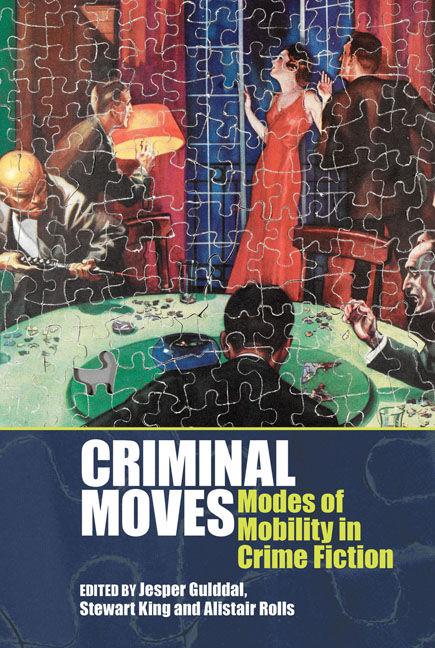1 - Behind the Locked Door: Leblanc, Leroux and the Anxieties of the Belle Époque
Summary
Formula-driven works of crime fiction, and particularly the mystery novel, have often been cast as those versions of the genre that are the least adaptable to new forms of enquiry, or the least permeable to the influence of the major issues of their day. This judgement was certainly given some authority by the rules of the mystery novel that were drafted by practitioners like S.S. Van Dine (1928) and by the writers whose popular success was built upon the respect of the traditions of the genre. However, rules are meant to be broken, especially in the criminal sphere (Dubois 1992: 157), and nowhere is this more apparent than in the forms of the genre that were practised in France by Maurice Leblanc and Gaston Leroux. Far from being narrowly driven by the resolution of enigmas, their novels present multiple layers of meaning that work to undermine the sense of closure they appear to promise. Theirs is a dynamic and shifting world that is much more in tune with the complexities of real-life concerns than might first be suspected. The reasons both writers opened their works, if not overtly to social or political commentary, at least to the tensions and undercurrents of contemporary life, can be attributed to the momentous times in which they exercised their craft. This was the France of the dawn of the twentieth century, a period of stark contrasts, characterized by boundless energy and dark despair.
For those who had lived through the Great War, the decades that immediately preceded it took on retrospectively the aura of a Golden Age. The belle époque, as this period was nostalgically named, was indeed a time of prosperity and progress. Thanks to the extended peace that followed the Franco–Prussian War (1870–71), Europe’s economy eventually recovered from the depression of the final decades of the nineteenth century, and by the middle of the 1890s a new-found confidence began to emerge. This was fuelled by the technological marvels of the time: moving pictures, flying machines, motor cars, underground rail transport and the mastery of electricity.
- Type
- Chapter
- Information
- Criminal MovesModes of Mobility in Crime Fiction, pp. 27 - 44Publisher: Liverpool University PressPrint publication year: 2019



